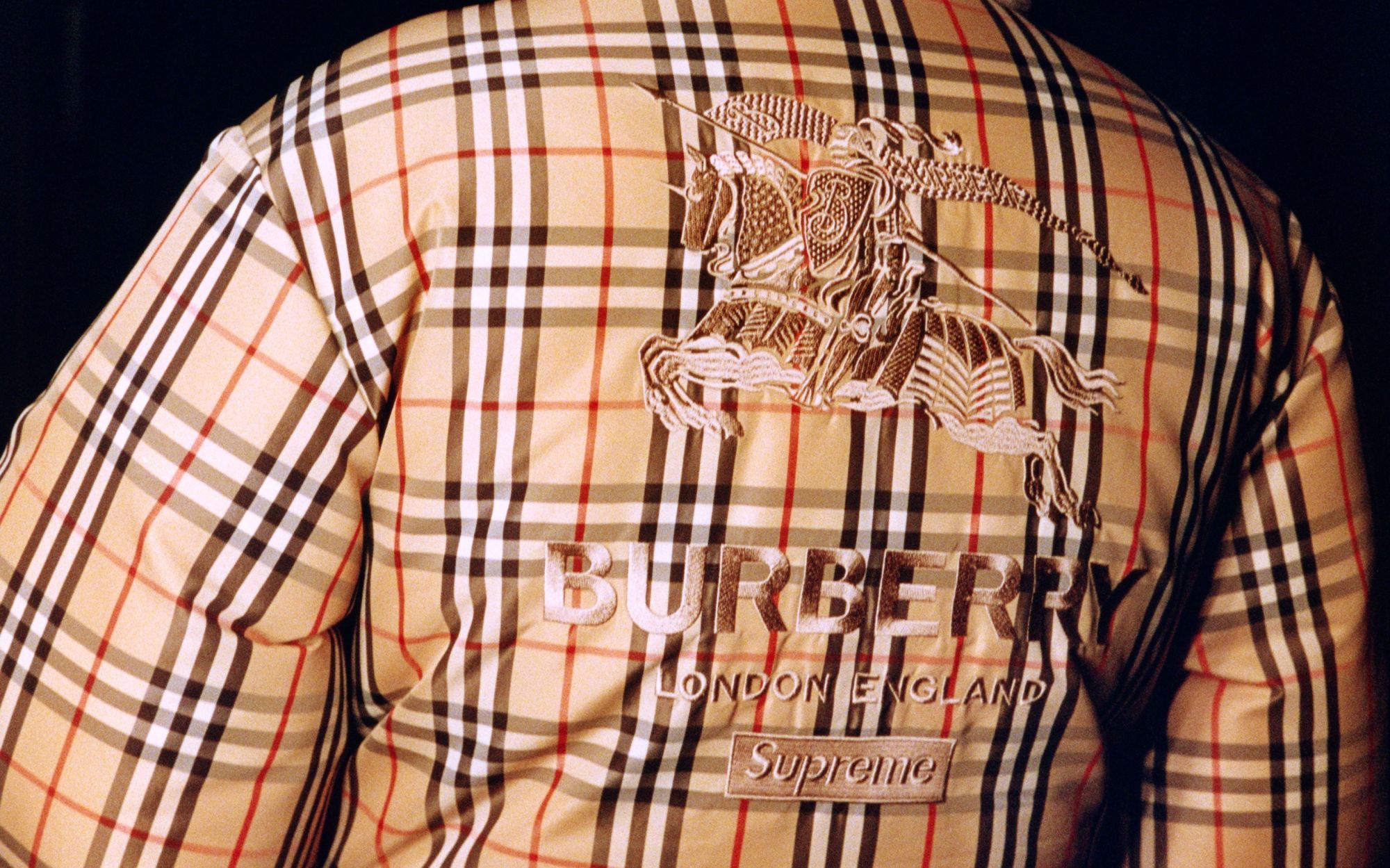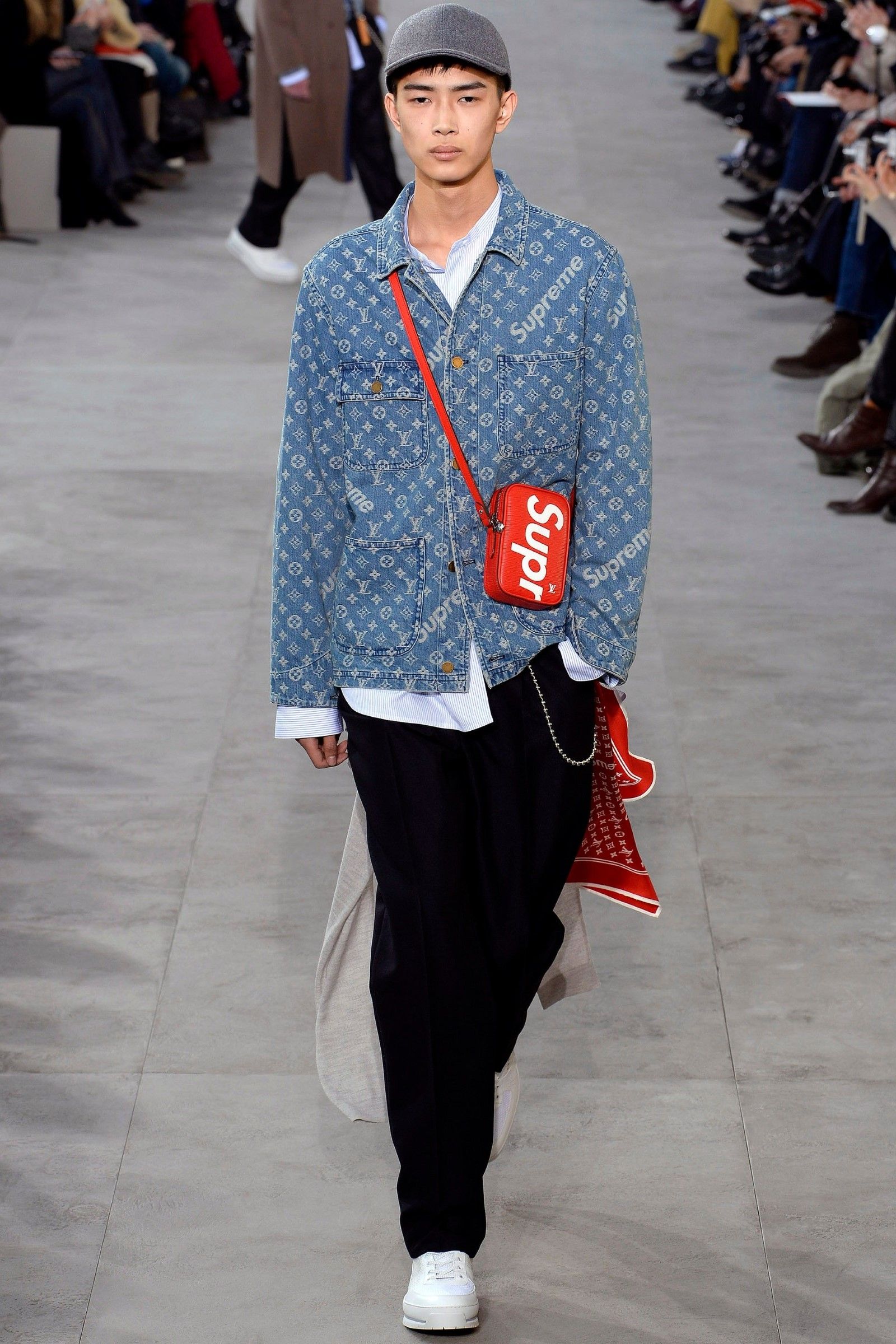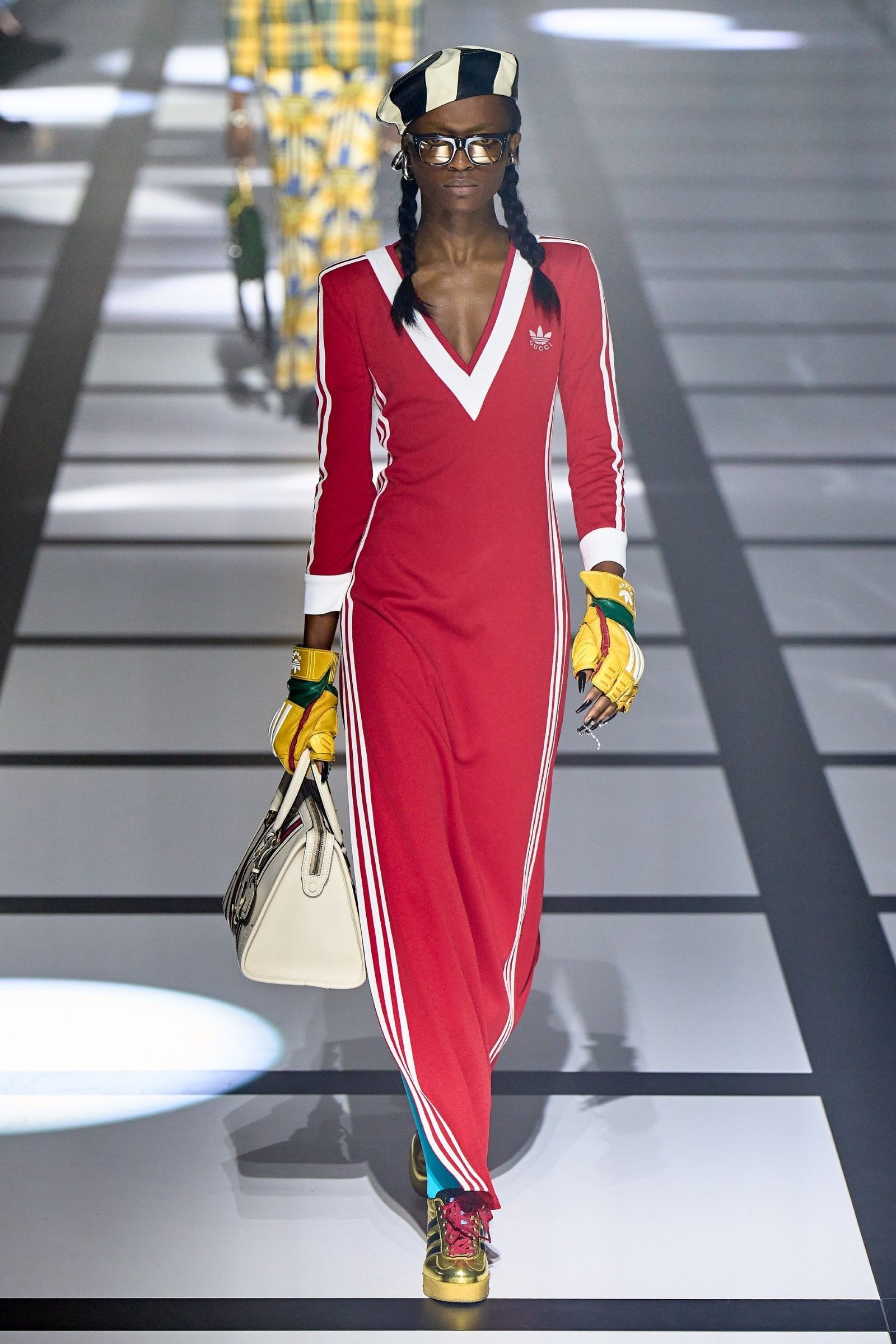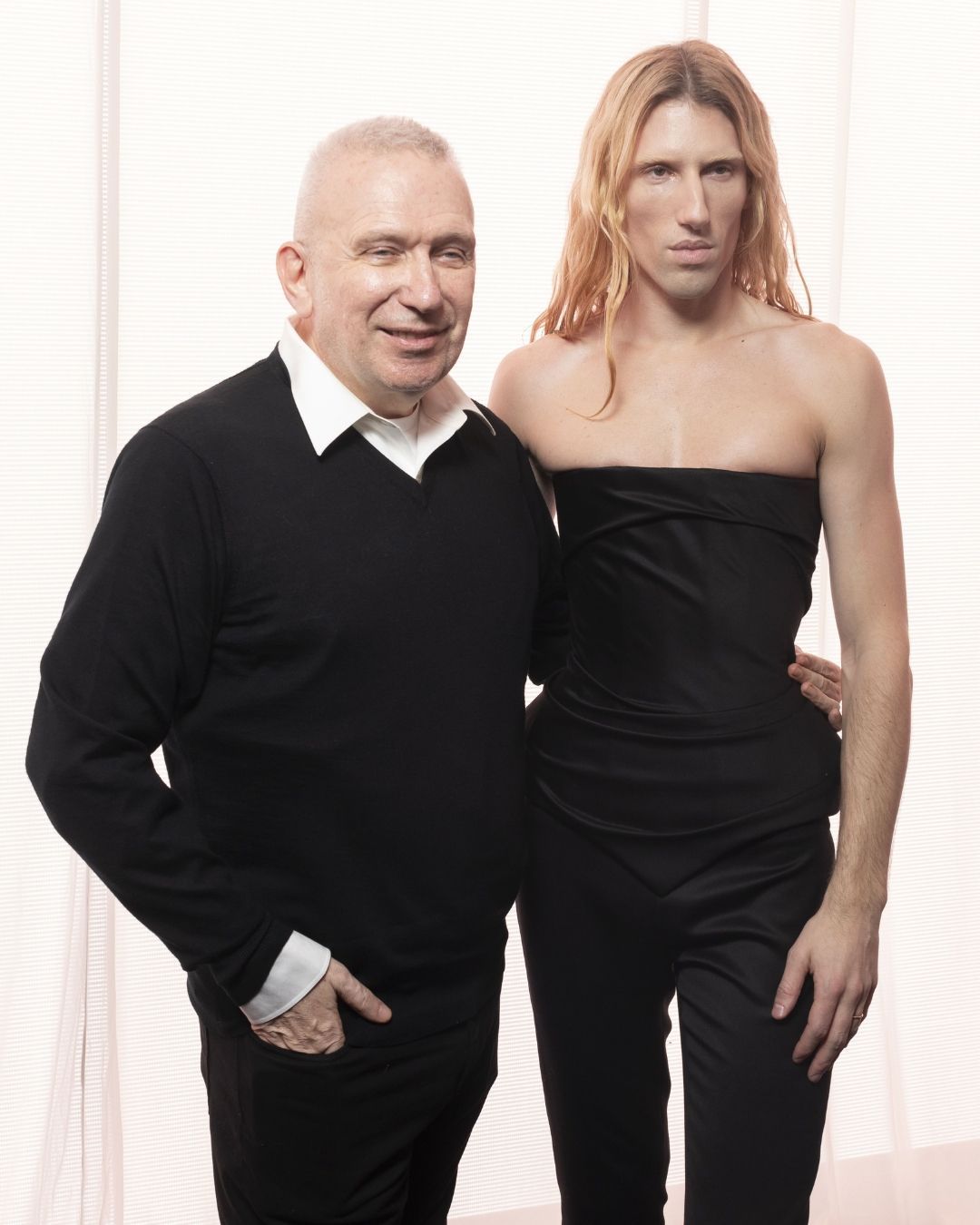
What do collaborations represent in today's fashion? The eternal dilemma between cultural impact vs. media impact
In recent times, collaborations between various fashion brands have become an almost inevitable constant. But to what end? Just a few days ago, Heron Preston vented on Instagram with a post that starts like this: «Can brands survive if they don’t do a collab these days?». The 2010s brought about the development of collaborations, representing the shift in mindset towards a scene increasingly steeped in pop culture. More than the sale itself, brands moved towards a strong branding and market positioning work able to influence the consumer in his habits, but it seems that we are reaching a point of no return. Virgil Abloh's work has been fundamental in creating a unicuum between the world of luxury and streetwear. In fact, before his arrival, many designers and brands thought only in their own terms, without interfacing with other realities and cultures. The Chicago designer has created a new scene, capable of preferring the value of a community. With Abloh this concept has been completely subverted, making the public, especially the younger generations, the real driving force of the fashion system. A simple hoodie could parade on the catwalk and be considered the symbol of an entire community.
In 2017, the year that marked the definitive union of luxury with streetwear thanks to the collaboration between Supreme and Louis Vuitton, it was understood what was gained from them, mainly, a return of image and profit. The American and French brands perfectly represented the modern consumer, a lover of identity status through his purchases, and constantly looking for the "wow" factor. Kim Jones, at that time creative director for LV, declared for Vogue that he wanted to “in this world where everyone wants the new, new, new, it’s nice to be able to throw in something that’s completely fresh…all I’m trying to do is create customer excitement.” His words had hit the nail on the head: a collaboration must cement a brand's reputation and bring in a new segment of the audience. Through targeted marketing strategies, brands force their way into the minds of their audience. Owning a garment from an important collaboration means witnessing historical moments, especially if they are combined with ideals of a political and social nature.
A pivotal moment in the history of collaborations was the link-up of Beyoncé and Balmain for the 2018 edition of Coachella. In that edition, the singer had been the first African American to lead the festival's line-up, marking a historic moment on a social and cultural level. Olivier Rousteing, creative director of Balmain, was commissioned to create an entire wardrobe for the occasion so as to make the moment unforgettable. Beyoncé x Balmain is one, among many, of the most virtuous examples of modern collaboration, where the product tells a story and an entire generation. The incipit created by Vuitton and Supreme, in 2017, had been the step that everyone was waiting for the union of luxury and the sportswear world. Beyond the success of sales and image, it was a historic moment for the entire fashion system. The French fashion house, appearing in the underground of Supreme, laid the foundation for the creation of an industry that must relate to a product that can evoke emotions and a story.
But after the pandemic and subsequent economic repercussions, priorities seem to have changed when it comes to brand collaborations. Many of the recent collaborations are a clear example. We don't have a real storytelling behind it, but simply the desire to meet the demands of the market: to own an iconic sportswear product, like the adidas tracksuit, with the endorsement of the luxury world. The sense of collaborations between luxury and streetwear is played right here: to make these status symbol products accessible to an increasingly wide audience. And this means having to present a price range somewhere between the two worlds. At the same time, luxury brands should put aside their opulent DNA and focus on creating products that are truly imbued with meaning. As Christopher Morency wrote on Highsnobiety last June: “The product remains not the means but the end for consumer-brand interaction often found in streetwear brands.”
Yeezy x Gap engineered by Balenciaga, Dior Homme x Cactus Jack, Birkenstock x Manolo Blahnik, Burberry x Supreme and Fendi x Versace are other examples that refer to this theme: what is the real value brought by a collaboration, today? In the case of Yeezy x Gap, Gap's approach towards Kanye West is proving to be a double-edged sword: the collaboration was estimated to be worth around a billion in economic value but the gain in terms of notoriety for Gap seems to be too tied to the character of Kanye himself, dragging behind his controversial and discussed behaviors on social media. Another example of this instability, the Dior x Cactus Jack collection, following the tragic events at the Astroworld Festival, has prevented the release of the same causing an economic damage certainly not indifferent. In the case of Fendi by Versace the first result was virality: the Media Impact Value (a metric that measures the impact of a brand on all communication channels) generated by the collaboration, according to Launchmetrics, was around 129 million dollars. We didn't have any new products that could tell a story or message of social influence, just a quest to get people talking about it everywhere. The collaboration eco-system has divided those who are benefiting from it to the fullest and those who, on the other hand, frown upon this type of business.
Because Fendace wasn't enough...get ready for Fendi x Skims. Now we just have to wait for Balenciaga x Yeezy and the collaboration universe will have come to its ultimate end: https://t.co/yyplrWQifx
— Vanessa Friedman (@VVFriedman) October 25, 2021
Sarah Anderlman, founder of Colette, in an interview for Vogue last January, stood in favor of partnerships with a concept at their core, condemning “collaborations that don’t make sense. Fashion brands are looking for the next big coup. I understand why and we have our share of responsibility — at Colette we wanted novelties every week — but it causes a lot of damage. We need more perspective and to make the right product". The goal of any successful collaboration should be to highlight the strengths of both brands, i.e. their identities that uniquely set them apart. In an interview for Hypebeast, Joe Grondin, Senior Manager of Global Collaborations for New Balance, explained the concept that should drive a collaboration: “We’re just trying to occupy as many subcultures as possible, and picking the most authentic brands to do that. [...] When you’re able to show consumers something that they haven’t seen before, it’s often more impactful than partnering with a brand that they’ve been seeing on their feed for the past ten years. That discovery element is a massive part of our strategy".
The pursuit of media and commercial virality seems to be the only conceivable motivation behind many of the recent partnerships. And, inevitably, both sides of the partnership end up affecting their own brand awareness and public image. Today, it's critical to "stay relevant" in an ever-changing marketplace with products that can convey various brand identities. With the increase of these collaborations increasingly unrelated to launching real impactful messages, and with the Metaverse ready to dominate the near future, the fashion world seems to want to aspire to increase its audience with the sole purpose of remaining relevant at all costs. Media Impact Value, in this context, remains the most important benchmark in defining the success or failure of a collaboration. Collaborations have shown the importance of having a strong branding, from every point of view, but that risks being trivialized in events without a real vision of the objective, that is to convey messages that lead the public to identify with the brands and its products. In the modern economy, a brand increases its aspirational power if it creates a cultural capital of depth without following the cycles of trends.
From this, we can take a key message: the product must appeal to the identity of the target audience. It's no longer enough to push the "coolness" factor to make a collaboration palatable. The modern era teaches us to put social and cultural dynamics first in order to become beloved brands. Modern collaborations are the mirror of the direction taken by a brand, sanctioning its success or failure according to precise parameters. One of these is definitely community engagement, through valuable offline and online experiences, and leveraging these opportunities to bring out new creative minds.



















































